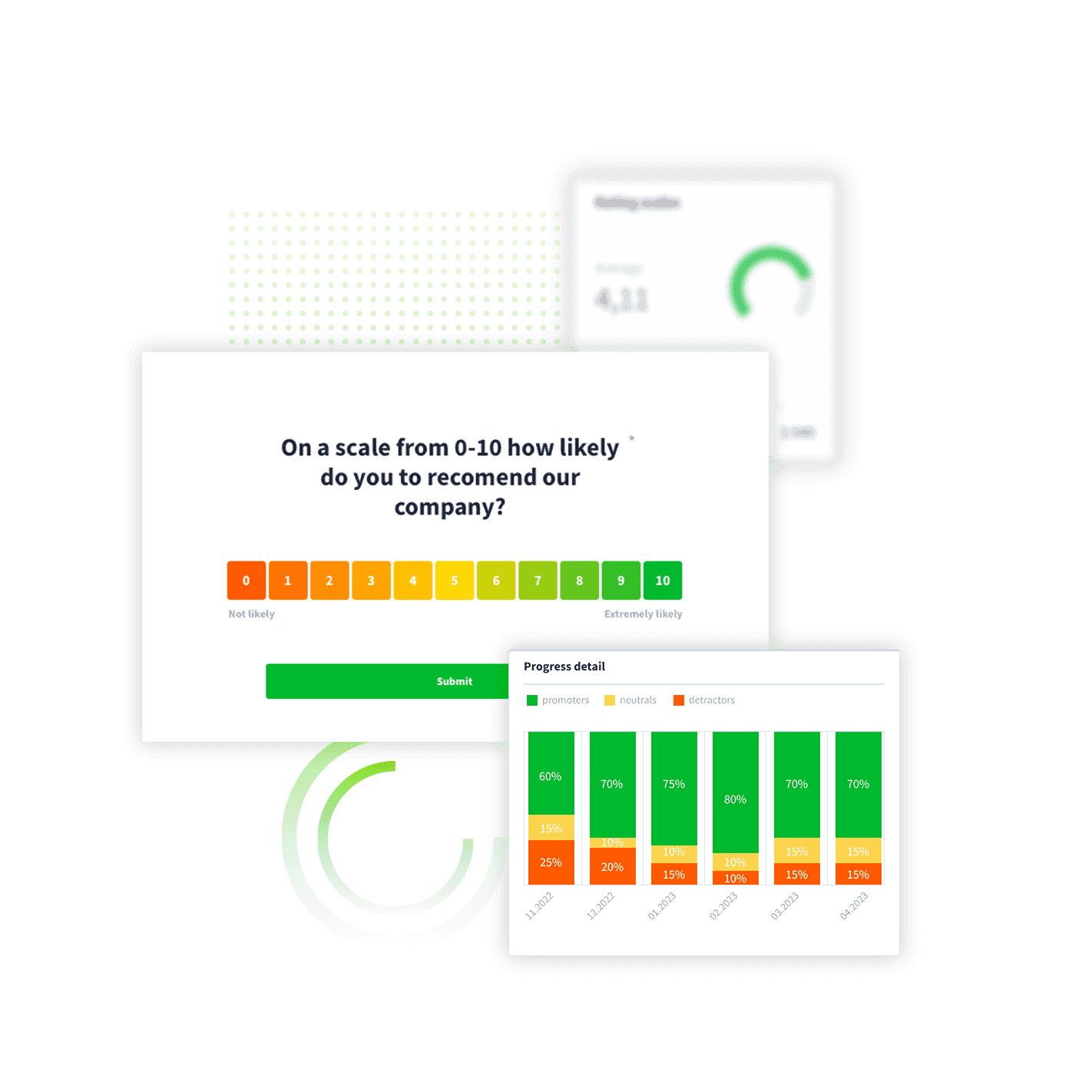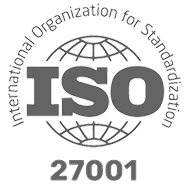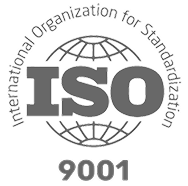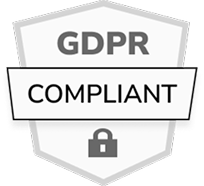Experience Management
NPS, CSAT, CES & Other CX Metrics
Customer experience metrics are data points used to measure how customers perceive your brand across different touchpoints. These metrics, such as NPS, CSAT, CES, and others, help you track satisfaction, loyalty, and effort, and identify areas where service can be improved.







